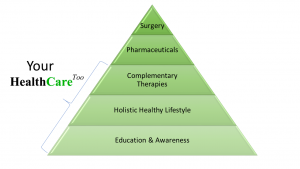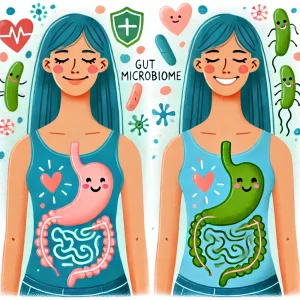Scraping for an Answer
While scraping might sound counter-intuitive as a way to deal with pain, there is growing use and evidence. The article by Arya Nielson, PhD shows new ways to think about the centuries-old remedy.
Gua sha is a modality used across Asia both in the clinic and in the home and now in the West. Gua sha is a part of acupuncture therapy, but not limited by law to acupuncture practice. Research into the physiology of therapies like acupuncture and gua sha qualifies what the ancients ‘knew’. With respect for those who have given us this gift, science works to clarify both benefit and risk of our medicine.
Gua sha increases surface microperfusion
Gua sha produces transitory therapeutic petechiae that represent extravasation of blood in the subcutis. Using laser Doppler imaging, we scanned 11 ‘healthy’ (but stressed) subjects (doctors and nurses who worked at the Kliniken Essen) who had ‘normal’ myalgia pain and evidence of ‘sha’ based on palpation. We established a baseline scan for each subject before gua sha, and then scanned each subject 10 times, once every 2.5 minutes following gua sha, and then performed a follow up scan 2 days later.
We found a 400% increase in microperfusion (surface circulation of blood) for 7.5 minutes following gua sha, and a significant increase for the full 25 minutes following treatment that was studied. Scans returned to baseline at the 2-day point. Every subject experienced a decrease or complete resolution in pain and a sense of well-being.
Source: The Science of Gua Sha
Progress
There is something going on. Whether Qi or surface microperfusion or fascia or other explanation, the test subjects felt something. They may not have enjoyed the actual scraping but they did find relief from pain. They also experienced a “sense of well-being”. As we seek to transform the US healthcare system we must remember that “sense of well being”.
The HealthCare Too model for holistic health expects people to spend more time in the lower parts of the “pyramid”. As necessary, with medical guidance, consumers will also use pharmaceuticals and/or surgery. Healthcare need not be an exclusive choice between conventional medicine and holistic health approaches. Scraping for pain management is a great example. Instead of going directly to opiates, a person suffering from pain could start with gua sha. If that proves ineffective, there are more therapies available which also includes supervised use of narcotics.
The American College of Physicians (ACP) did just that.
“For treatment of chronic low back pain, clinicians should select therapies that have the fewest harms and lowest costs because there were no clear comparative advantages for most treatments compared with one another. Clinicians should avoid prescribing costly therapies; those with substantial potential harms, such as long-term opioids (which can be associated with addiction and accidental overdose); and pharmacologic therapies that were not shown to be effective, such as [tricyclic antidepressants] and [selective serotonin reuptake inhibitors],” write Amir Qaseem, MD, PhD, MHA, chair of the ACP guidelines committee, and colleagues.
And there you have it.
Our Model

The HealthCare Too model provides for a holistic approach to health. We look for articles and knowledge to help consumers and their care teams make holistic health decisions and also shop for the best deals in holistic health so you can find them here! We appreciate the value of surgery and pharmaceuticals but want to make more pathways available for your HealthCare Too. See our model for Holistic Health.




